Syren pro-staffer Kate Ahnstrom walks you through ways to break old, bad shooting habits.
With the new year, we all eagerly welcome the chance to hit the “reset” button. This rebirth is a way to shake off the old and start anew. But, what if some of your old habits are the only thing you know, especially when it comes to shooting? How do you break that cycle of consistent inconsistency in your shooting? Are you sure you are employing every tool in your toolbox to create success?
Sponsored by Syren USA
Shooters, like all humans, thrive on structure and discipline. Even those that claim they prefer a more loose and fast approach (shoot whatever you see however you can) deep down inside long for the coveted ability to know. Know why they can hit certain birds but not others. Know what they did wrong to cause a miss and most importantly know how to fix it! Being able to self-correct is paramount to being able to grow as a shooter.
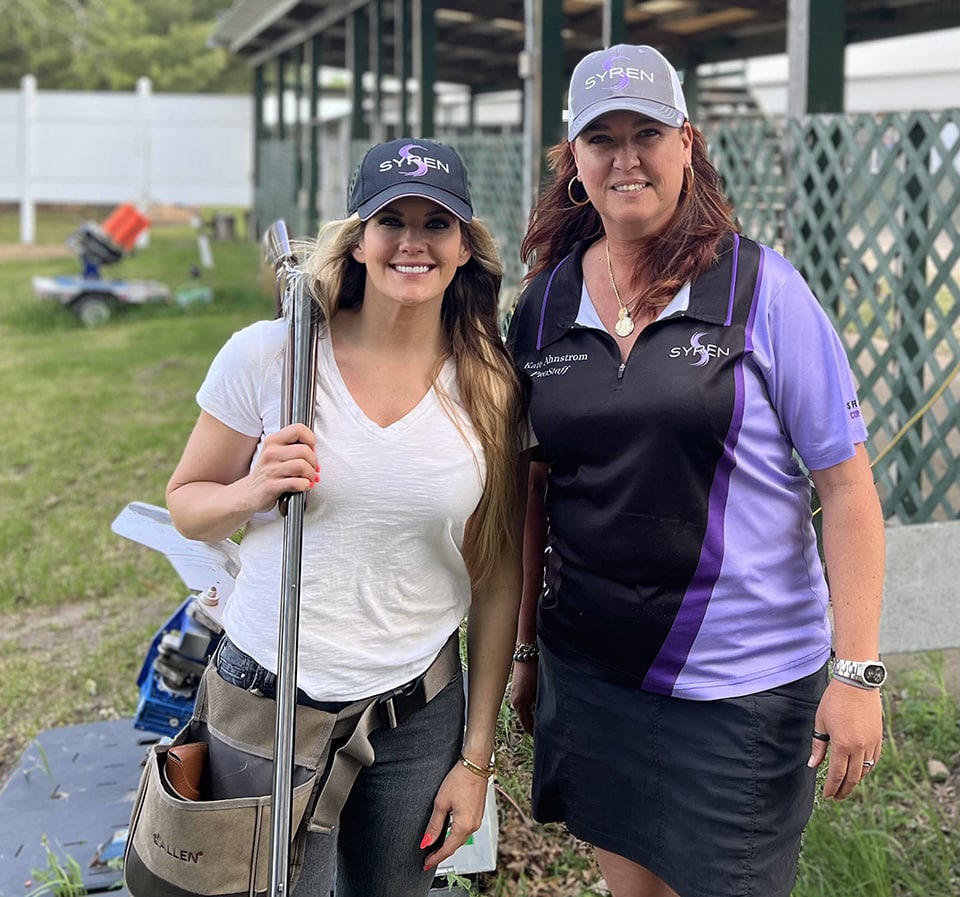
This new year, make a commitment (one that will actually last – unlike all the diet challenges) and learn new ways to crush those old, irritating presentations. Too many shooters get mired down in just one or two methods of shooting and then wonder why they have plateaued. They either aren’t willing to learn a new method, or they may not realize that there are other methods available to kill a bird, clay or feathered.
There are 5 common methodologies a shooter will pull from, based on the presentation. Please remember that if you don’t understand how to set excellent hold points, the method you select won’t matter. When you start off the flight line (except when using diminishing lead) you start with a mistake. The mistake causes the shooter to hurry/rush to the bird trying to catch up to it and the muzzle flails out of control. Your hold point is 95% of your success.
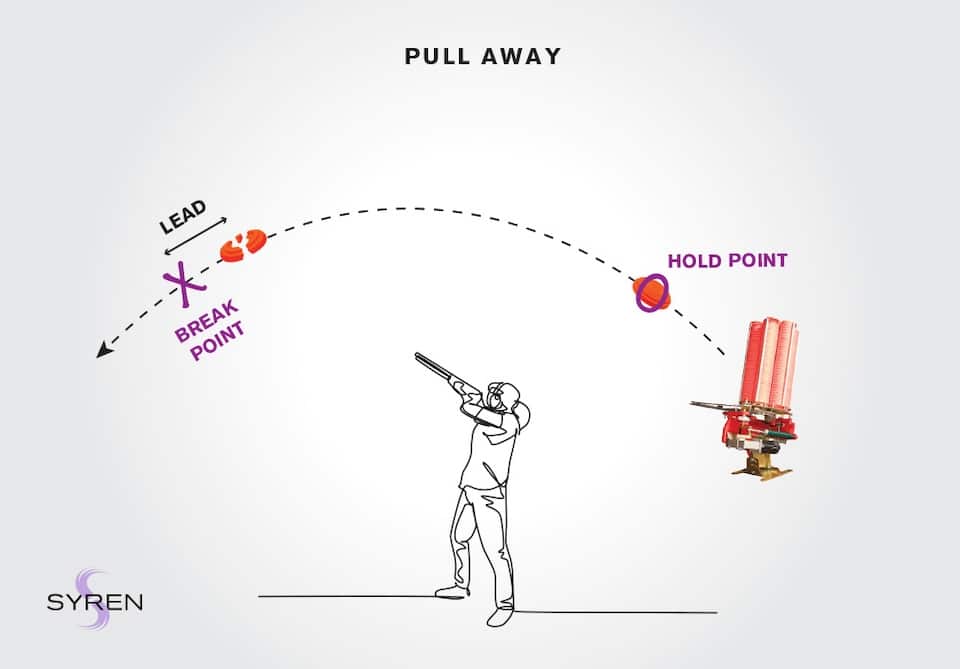
Pull Away
First and foremost, of the different methods, and the most commonly used is Pull Away. This method is used as a primary means for breaking targets because it works. It is easily understood and very repeatable. At the hold point, the shooter will insert on the bird, go with it for just a moment and then pull ahead and pull the trigger. Let’s break this method out a little further, since it is the backbone technique for so many shooters.
The hold point needs to be in or slightly under the flight path of the bird. As the bird comes to the barrel, the gun begins to move with the bird maintaining the flight path. At the determined break point, the shooter pulls ahead of the bird the required distance based on angle and speed. As they pull the trigger, the bird shatters. The majority of your birds can be killed with Pull Away. With practice, the shooter will begin to easily recognize variances in the distance between the bird and barrel. Ever wonder how a shooter can tell you a target requires X amount of lead? The shooter has learned through numerous targets utilizing Pull Away.
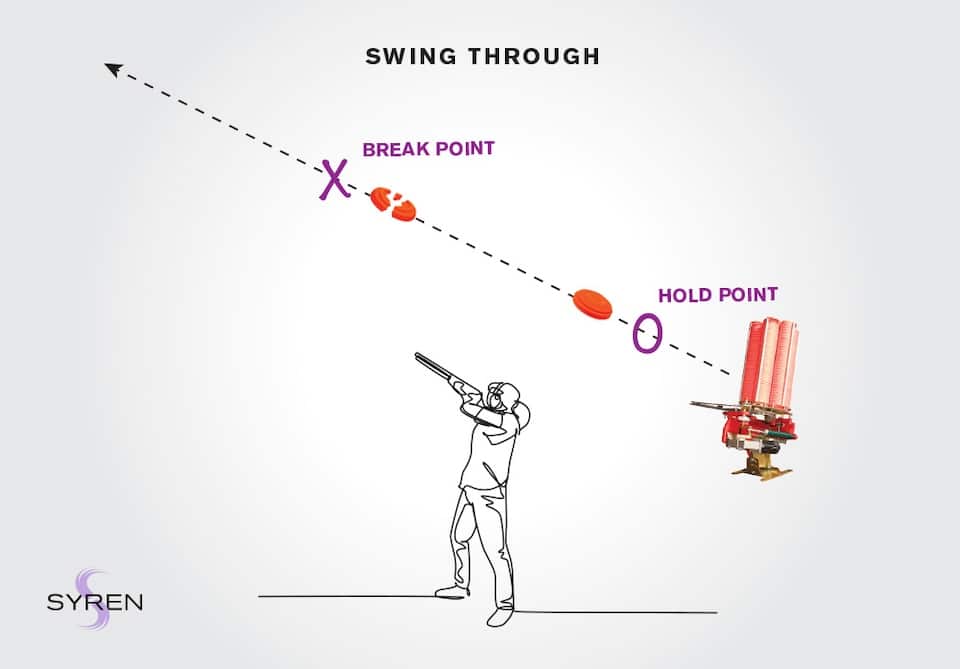
Swing Through
Second, Swing Through. The Brits fondly refer to the method as “Bum, Belly, Beak.” This is one of my favorite methods for quickly eliminating a bird in a pair and for dropping feathered birds. Feathered birds don’t tend to give you a “heads up” as their anticipated flight path. Being able to control the gun and smoothly push through a bird that has zipped past you will be handsomely rewarded using this method. Pair up a Syren Waterfowler and Swing Through and the woodies don’t stand a chance! Again, the barrel must be in the bird’s flight path. The hold point for this method is set closer to the launch area so that the bird can easily pass the barrel. As the bird passes the barrel, the shooter pushes the gun through the back of the bird, moving to the front and as the shooter comes through the front of the bird, pulls the trigger.
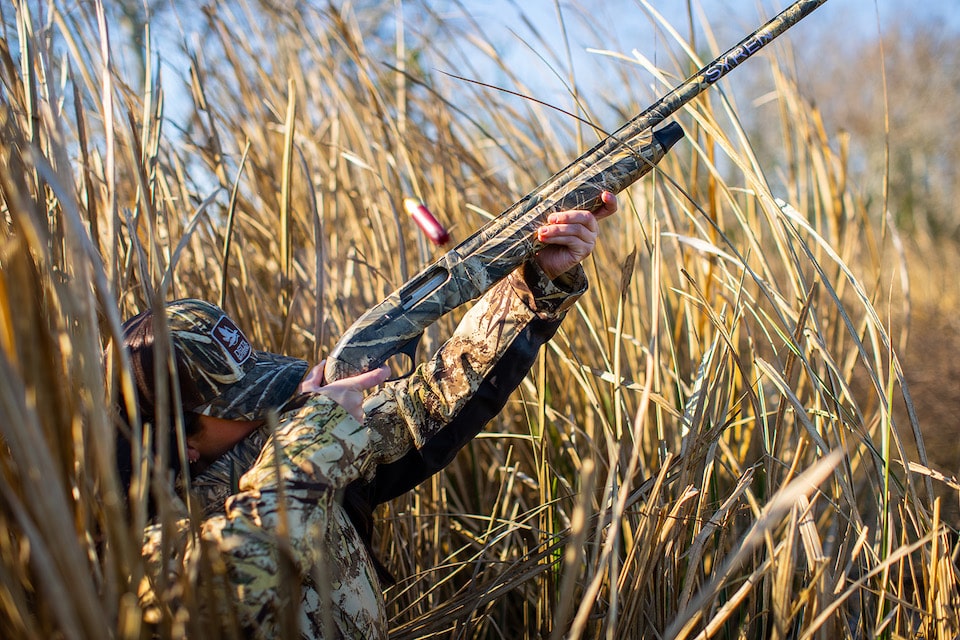
Measuring is not needed as the pure motion of the gun adds in the required lead. This method will allow a shooter to drop a bird far sooner. One of the best tips for this method, slow down! So many times, I’m standing behind a shooter trying to use Swing Through, and their barrel is on fire. You don’t need to go faster; you just need to shoot the bird sooner. Since the swing has started behind the bird, the shooter has to push harder to catch up to it and get to the front. Please don’t confuse this with having to go faster. If the shooter moves faster, it causes them to blow way past the bird and miss too far in front.
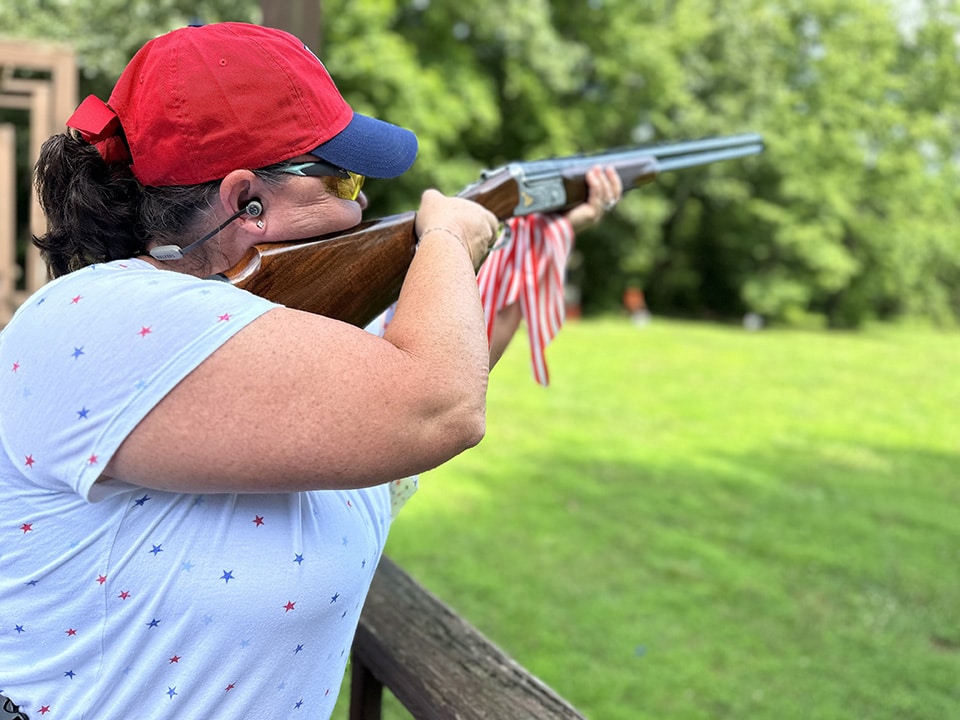
This methodology is a practice in smooth, consistent pressure when the shooter is pushing the barrel. I will often use my Syren Tempio Sporting 20 gauge or Syren Tempio Sporting 12 gauge when hunting. They are heavier than a field model, but I tend to lose control of a light, field model. This is strictly personal preference, and shooters will find the right weights for their individual swings when dropping clays and/or feathers. I definitely have several ladies that prefer their Syren Tempio Field models on the clay course just as much as they do on the hunt field.
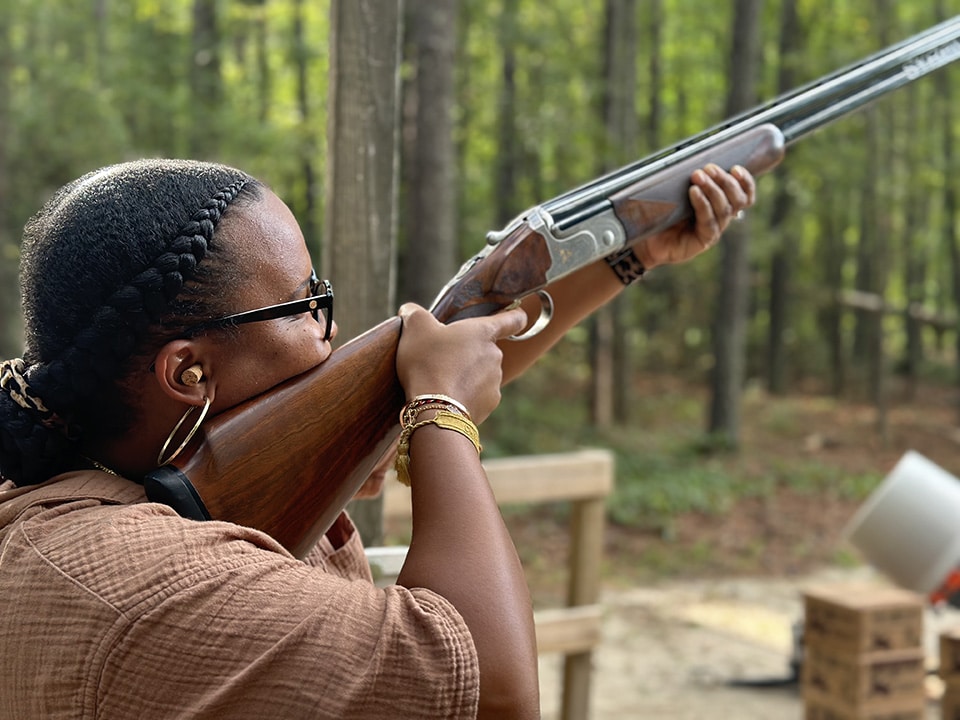
Churchill
Third, Churchill. Yes, as in Robert Churchill. He realized that if one could quickly point at an object with a shotgun, the same way they do a finger, he should be able to drop game. This is all dependent on the shooter having a well-fitted gun, a clean sight picture and smooth mount to the cheek and shoulder. Most of your presentations will be a flushing style presentation, similar to what a shooter will encounter in the upland field. This method is deadly on flushing game up to 25 yards. It does fall apart after that as the presentation at distance will require lead or adjustment for angle.
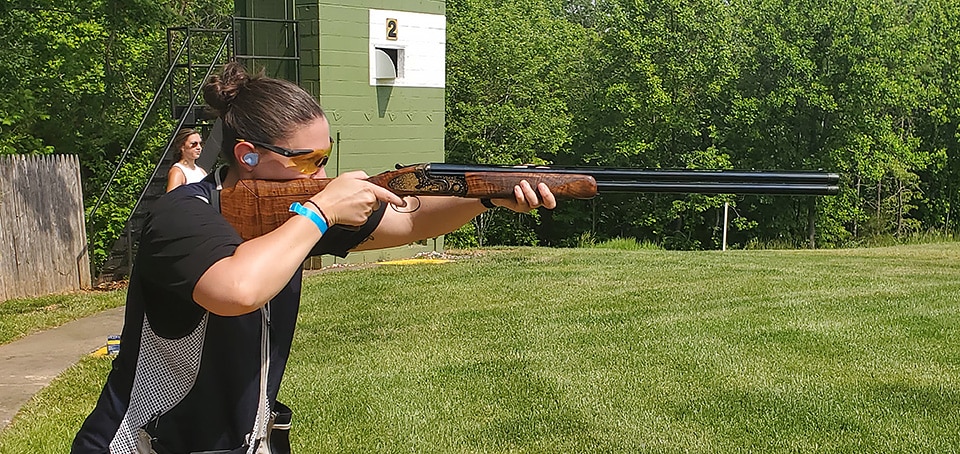
Syren Shotguns
Syren shotguns are built specifically for a woman’s anatomy. The length of pull and distance to the trigger are set according to a woman’s smaller hand and frame, offering easy manipulation with minimum effort. The Monte Carlo stock accommodates a woman’s longer neck and the fit of the buttstock in the pocket (cast and pitch) all keep the female figure at the forefront. Best of all, these guns are created from the ground up for a woman. They aren’t chopped-down guns originally built for guys. Those chopped-down guns can be particularly unbalanced and cause more felt recoil. Let’s dive back into the various methods you can explore for 2024.
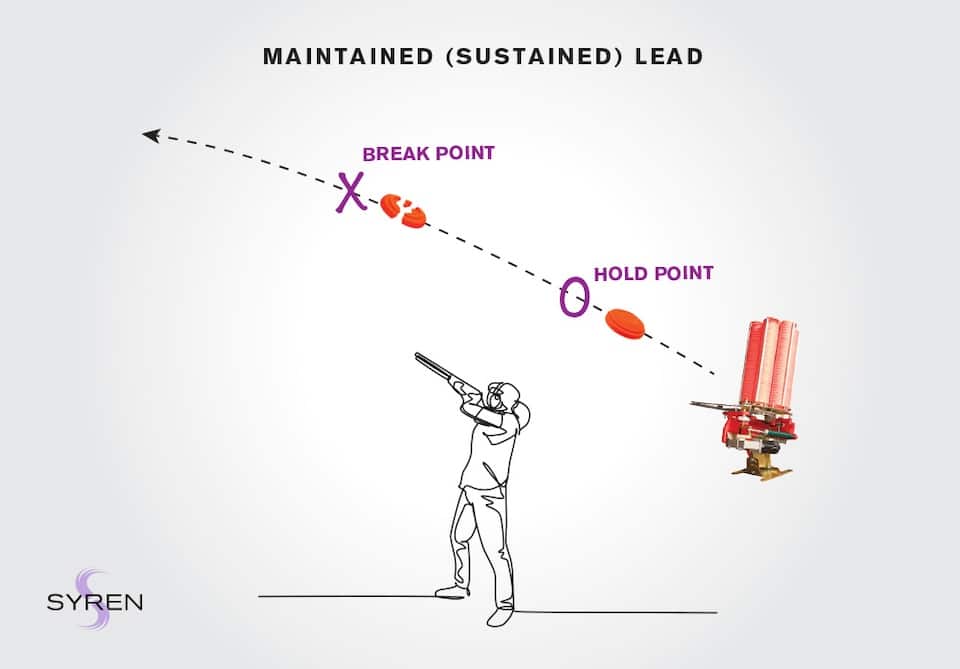
Maintained/Sustained Lead
Fourth, Maintained/Sustained Lead. Skeet shooters know this method well. The shooter needs to, you guessed it, be in the bird’s flight path but this time, the shooter pulls ahead of the bird and stays ahead of the bird while pulling the trigger. It’s a great method to use when the shooter is either very experienced in reading the target for speed and angle or the shooter is very well versed in repetitive shots, such as on a skeet field. Seasoned skeet shooters know exactly the distance required for each shot on the field and can flawlessly execute it each and every time.
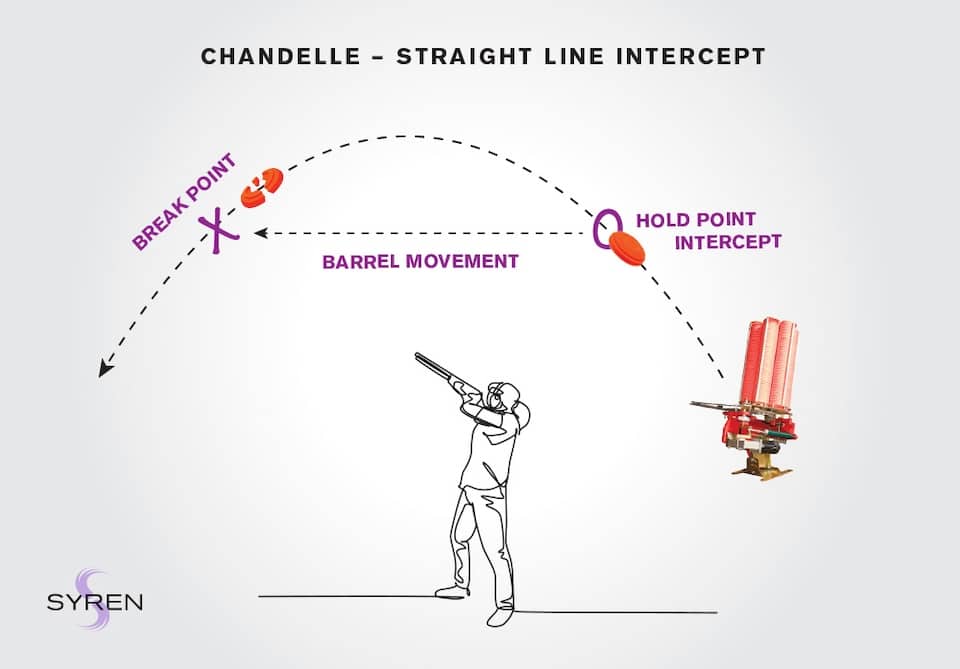
Straight Line Intercept
Finally, Straight Line Intercept. A shooter sets up in the bird’s flight path and makes a momentary connection with the bird. Then, instead of continuing on the flight line with the bird, the shooter runs the barrel under the flight line and intercepts the bird at the break point on the other side. It works wonderfully on chandelles! Best of all, a shooter may select a point to intersect the bird anywhere in the flight path. Visualize a quarterback throwing to the receiver. The quarterback throws just ahead of the receiver, so the pass won’t be intercepted, and the receiver won’t be tackled, hopefully.
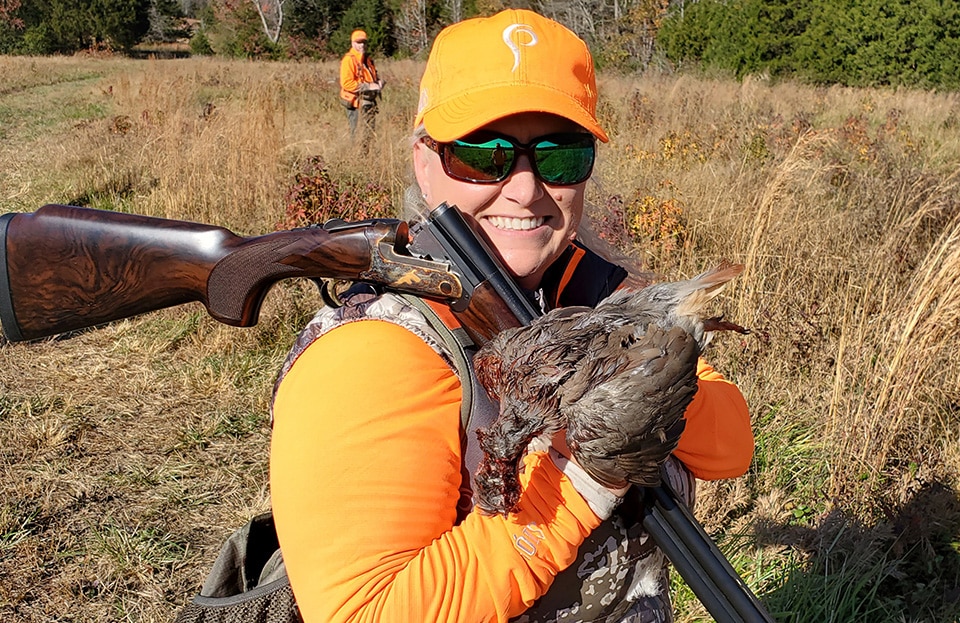
No matter your preferred method, branch out this year and have fun learning new ones. There is absolutely more than one way to crush a clay or drop a feathered bird. Treat all of these different methodologies as tools to fill your toolbox and give yourself an added advantage.
Discover the fine line of Syren shotguns designed especially for women shooters.
Kate Ahnstrom, owner of Virginia Shooting Sports, is a certified, professional instructor of the Paragon School of Sporting. She has dedicated her life to sharing her passion for the outdoors and diversifying the dynamics on the clay course and the hunt field. Her tireless dedication to her students’ success is obvious in each and every lesson. Kate is on the pro staff for Syren, the resident pro at Orapax Hunting Preserve and the Preserve at Dundee, department editor for “Woods and Waters” magazine and field staff member of the Sisterhood of the Outdoors. She and her husband, Mike, enjoy their small farm in central Virginia where they have a menagerie of animals and plenty of room to train and work their beloved GSPs. Kate loves getting behind the barrel of her Syren Tempio Sporting in 20 gauge for all things clay and feathered. View all posts by Kate Ahnstrom